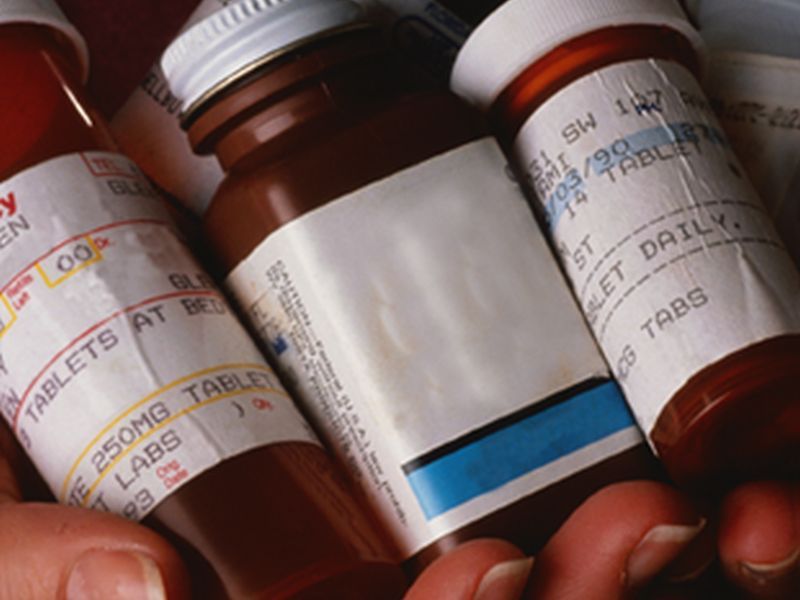FRIDAY, March 26, 2021 (HealthDay News) — Using cellphones to track patients’ painkiller use, a new study found more than 60% of opioid painkillers prescribed to surgical patients after their procedures went unused.
That has implications for the ongoing epidemic of opioid misuse in the United States, where unused medications can be diverted to others. Giving surgical patients only the amount of pills they need could help curb the problem.
In the new study, researchers at the University of Pennsylvania Perelman School of Medicine used an automated text messaging system that regularly checked in with more than 900 orthopedic or urologic procedure patients to ask about their pain and use of opioids prescribed to control their pain.
The patients had common procedures, including knee arthroscopy, hand fracture repairs, vasectomies and prostate removal.
Over 21 days of follow-up, orthopedic surgery patients took an average of six of 20 prescribed opioid pills, while urology patients took an average of one of seven prescribed pills, the findings showed.
Overall, 64% of patients said they didn’t even use half of their prescription. And only 21% of orthopedic surgery patients and 11% of urology patients needed a refill a month after their procedure, according to the report.
Most of the patients took opioids within the first few days after their procedure, the study authors noted.
“Through simple text messaging, we highlight a method which gives clinicians the information they need to reduce prescribing and manage pain,” said co-author Dr. Anish Agarwal. He is a clinical innovation manager in the Penn Medicine Center for Digital Health and an assistant professor of emergency medicine.
“We found that more than 60% of the opioid tablets prescribed went unused, which tracks with the team’s preliminary studies,” Agarwal said in a school news release. “We can begin to use these data in multiple ways: One approach would be to look at trends in patient-reported use and tailor future prescribing to meet the anticipated pain for the majority of patients undergoing a specific procedure.”
In response to the opioid crisis in the United States, there’s growing use of text messaging to track how many prescription opioids patients actually take after a procedure, and to potentially ensure that no more than the necessary amount is prescribed.
According to study co-author Dr. Daniel Lee, “Right now, care teams rely heavily on patient recall, which they may not be able to remember in detail; phone calls, which require a lot of effort in making calls; or tracking from the health system ordering, which does not provide information from the patients themselves about how much they are using, and how much pain they are in.” Lee is an assistant professor of urology.
“So with these older methods, either the data we are getting could be inaccurate, or the way we get the data is not scalable for an entire health system,” he explained.
Automated text messaging systems may be able to provide large-scale, near-real-time tracking of patients, but requires further study, the researchers concluded.
The results were published online March 25 in JAMA Network Open.
More information
The U.S. National Institute on Drug Abuse has more about prescription opioids.
SOURCE: University of Pennsylvania Perelman School of Medicine, news release, March 25, 2021
Copyright © 2025 HealthDay. All rights reserved.

